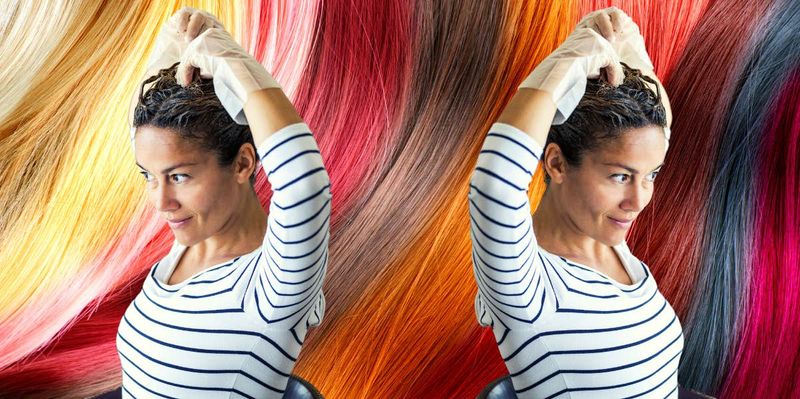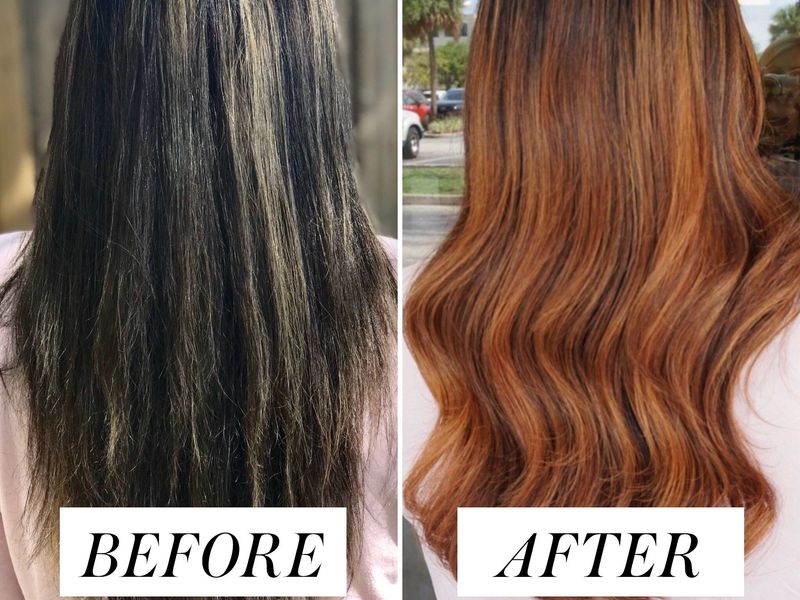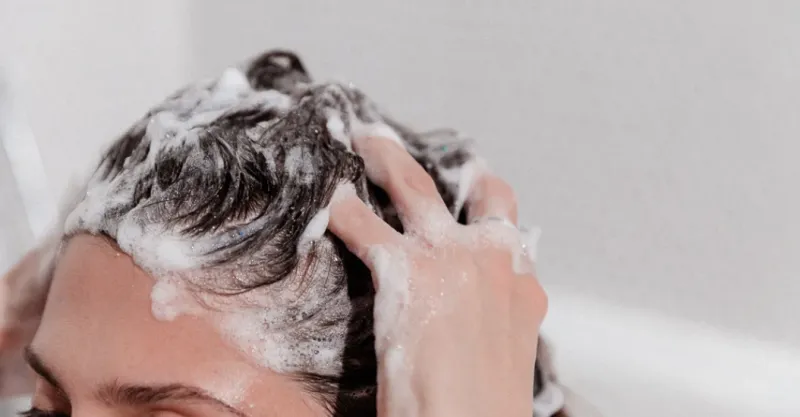We’ve all been there—you’re excited to try a new hair color, but when it finally washes out, you’re staring at a shade that’s way darker than you expected. It’s frustrating, and if you’ve ever dealt with hair dye that turned out too dark, you know how tricky it can be to fix. The good news is, you’re not stuck with it forever. There are a few reasons why this happens, and understanding those can help you avoid it in the future.
In this article, we’re breaking down 12 common reasons your hair might have turned out too dark and offering some straightforward fixes. Whether it’s a misstep in the process or a product mishap, we’ve got tips to get you back on track without needing to go through a full hair color overhaul.
Incorrect Timing

It’s easy to lose track of time, leading to hair dye developing longer than it should. This can result in a color that’s much darker than anticipated.
To fix this, try washing your hair repeatedly with a clarifying shampoo, which can help strip some of the excess color.
Alternatively, a visit to a professional can ensure the right shade is achieved. Remember to set a timer next time to avoid repeat mistakes.
Choosing the Wrong Shade

With so many shades available, it’s not hard to accidentally pick a darker dye. Misjudging the color on the box can lead to an unexpected result.
A strand test before full application helps in making sure the shade matches your expectations.
Alternatively, lighten the color by using a color remover, but proceed cautiously to avoid further damage.
Layered Dye Applications

Repeatedly applying dye without fully removing previous hues can lead to darker results. The layers build up, causing a shade that’s more intense than desired.
To remedy this, consider a salon visit for professional color correction, or opt for a clarifying treatment at home.
This approach can break down the dye layers, easing the load of dark color.
Dye Formula Change

Manufacturers occasionally update dye formulas, affecting the final color. A brand you trusted might now yield a darker outcome.
Check the package for any changes in formula or try a strand test with a new box.
If the color is too dark, a professional stylist can help adjust it to your preference.
Porous Hair

Porous hair absorbs dye more readily, leading to a darker color. This condition can be due to damage or natural hair texture.
To address this, focus on improving hair health through conditioning treatments and limit future dyeing frequency.
For immediate color lightening, try a color removal product designed specifically for professional results at home.
Improper Mixing Ratio

Mixing dye with an incorrect developer ratio can affect the final color. A higher concentration might result in a more intense hue.
Always follow package instructions, and if in doubt, consult a professional for guidance.
To fix an overly dark result, a clarifying shampoo can help fade the color to a lighter shade over time.
Dark Base Color

Applying a light dye to a dark base can end in a darker shade than expected. The underlying natural color plays a significant role.
Lightening the base color first or opting for a professional highlight treatment can balance the desired shade.
For a temporary fix, using a color-correcting shampoo can slightly lift the dark tone.
Skipped Strand Test

Skipping a strand test can lead to surprising results. It’s a crucial step to ensure the selected dye matches your vision.
To correct a dark outcome, applying a color remover or visiting a salon for guidance might be necessary.
Always perform a strand test in future applications to prevent unexpected shades.
Dye Expiration

Using expired dye can lead to unpredictable color results, including a darker tone. Ingredients degrade, altering the dye’s effectiveness.
Check the expiration date before application to avoid this pitfall. If the color turns out too dark, using a color remover or professional assistance will be beneficial.
Regularly updating your dye supply ensures fresh applications.
Environmental Factors

Environmental conditions such as humidity can impact dye absorption, leading to darker results.
To mitigate this, dye hair in a controlled environment, and ensure hair is completely dry before applying color.
If your dye job turns out too dark, a clarifying rinse can help lighten the hue gradually.
Unwashed Hair

Dyeing unwashed hair can cause the color to cling more, resulting in a darker finish. Oils and dirt affect dye adhesion.
Wash hair a day before dyeing to allow natural oils to protect the scalp, while still ensuring better color absorption.
To reduce darkness, a deep cleansing shampoo post-dye can gradually lighten the shade.
Application Errors

Applying dye unevenly or missing sections can lead to patchy results, often appearing darker than intended.
Careful application with sectioning clips ensures even coverage, preventing darker patches.
For uneven darkness, a salon visit for professional correction or a DIY color-blending kit can harmonize the shade.
